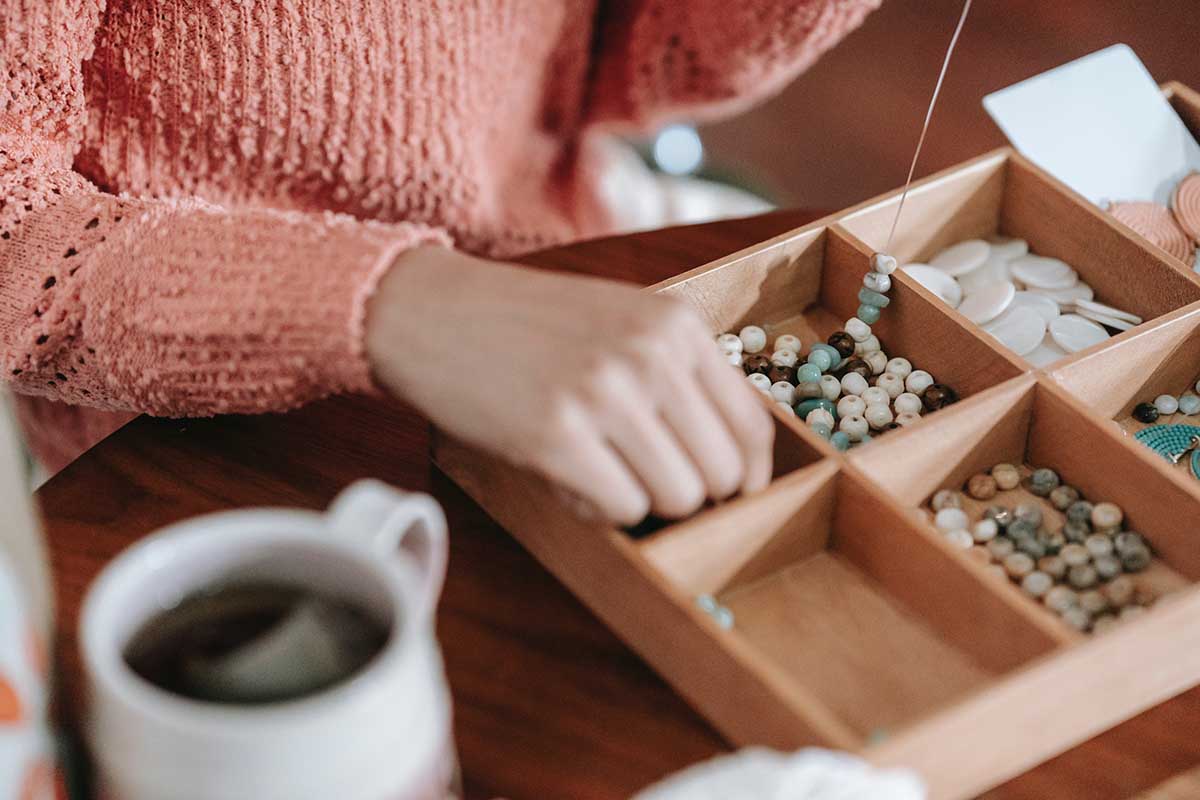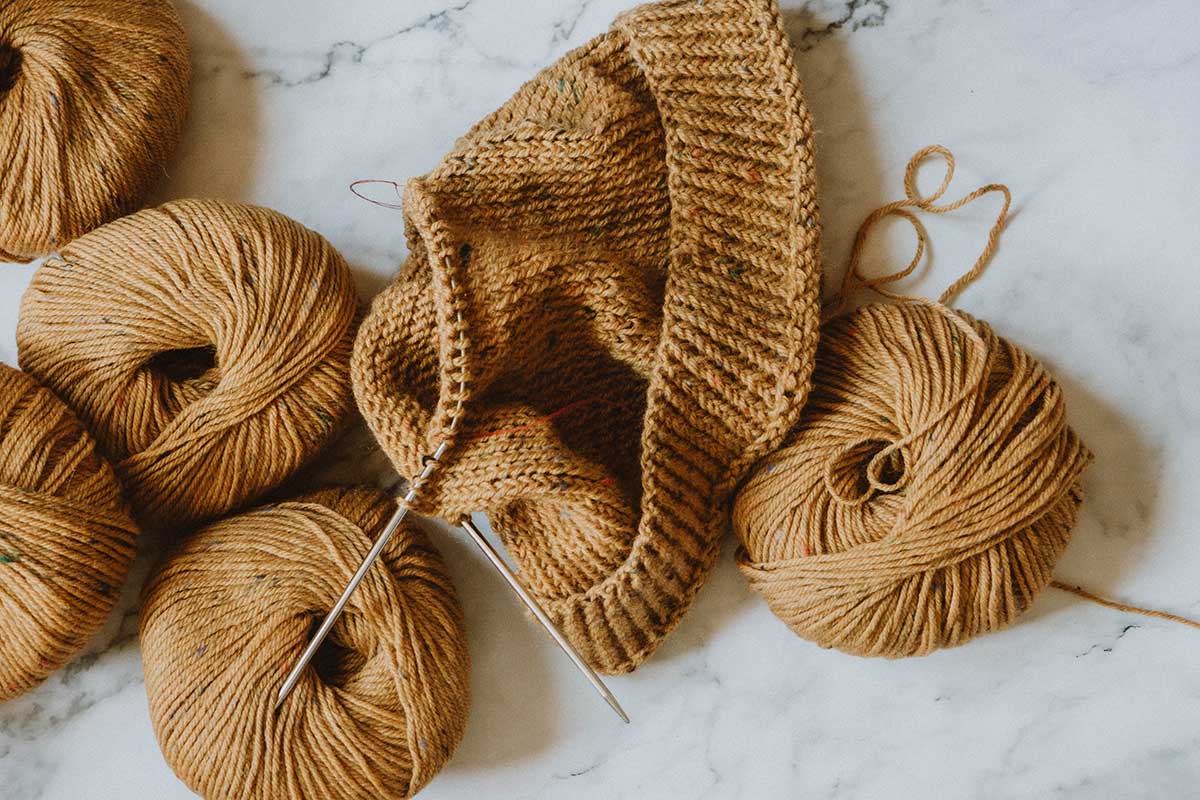From Side Hustle to Standout: How to Turn Your Handmade Products into a Real Brand
Key Points
Handmade success starts when you stop thinking about the product — and start thinking about the moment someone might need it.
Your brand isn’t your logo — it’s the story, emotion, and identity behind your work, and how clearly that shows up in every touchpoint.
Research is the root of real brand-building. If you understand your customer better than they understand themselves, you win.
You’re Not Just Selling What You Make — You’re Selling What It Means
I’ve seen it happen more times than I can count.
Someone pours their heart into a handmade product — jewelry, skincare, ceramics, candles — they post it online with excitement… and then crickets.
Maybe a friend buys something. A cousin comments. A stranger adds it to their cart and disappears.
And suddenly, the dream of turning your passion into something real starts to feel exhausting.
It’s not because your product isn’t beautiful. It’s because in 2025, beautiful isn’t enough.
The market is full. And shoppers are more overwhelmed, more skeptical, and more emotionally selective than ever.
If you want your handmade business to stand out, you can’t just sell what you make —
you have to sell what it means to someone else.
Start with the Real Question: Why Would They Buy This?
Before you redesign your logo or choose your color palette, ask yourself the most important question:
“Why would someone buy my product — and what’s going on in their life when they do?”
This is the moment where most handmade sellers go wrong — they focus on the thing instead of the need.
People don’t buy a bracelet or a soy candle because they need it.
They buy it because:
They’re looking for a gift that feels thoughtful;
They need comfort after a long week;
They want to feel like someone gets them;
They’re creating a space that feels calming and personal.
This is what I call reverse branding — not starting from your product, but from your customer’s emotional moment.
When you know the moment someone might reach for your product, you can speak directly to that — in your Instagram captions, your product descriptions, your packaging, and your emails.
That’s when you stop being “just another Etsy shop” — and start being the brand they remember.
Do the Research No One Wants to Do (But You Must)
Now that you’re thinking about the customer’s emotional needs — it’s time to back it up with real data.
This is where the work starts. And it’s also where 90% of small handmade brands fall off.
But if you can push through here, you’ll start making decisions with clarity, not guessing.
Ask yourself:
Who’s already buying handmade products like mine?
What are they saying in the reviews of top sellers?
What are their frustrations or disappointments?
Which products make them feel something — and why?
What season or life moment are they in when they shop?
Spend a weekend digging through Etsy reviews, Reddit threads, Instagram tags, and Pinterest boards.
Look for patterns. Pain points.
Language people keep using. This is your copy gold.
Branding Is the Feeling People Get When They Interact With You
Branding is not just your logo, fonts, or colors.
It’s the feeling your customer gets when they land on your site or hold your product in their hands.
Are you soft, thoughtful, and calming?
Playful, bold, and cheeky?
Minimalist, intentional, and modern?
That emotional tone should match:
The way your website is laid out;
How you write your emails or thank-you notes;
The colors you use in your packaging;
The story you tell in your about page or reels;
Everything should feel connected — not random.
Let’s say you sell handmade journals. That’s not unique.
But if your journals are designed for dreamers who are rebuilding their lives after burnout — that’s a brand.
That’s a story.
And that story has an audience.
Think About What Your Brand Stands For
Defining your brand means thinking about what your brand represents.
What are your brand values? How do you want to present your brand to your customers?
There are a few things that you might consider when you’re thinking about this.
What is important to you, and what’s important to your customers?
For example, are your handmade products made sustainably?
Maybe you’re passionate about making social and political statements with your products, or you want to make sure that your products are always unique.
How do you want to define and maintain the integrity of your brand?
Create a Brand Image
Your brand’s visual aspect is also something you need to consider.
Customers will pay attention to your brand values, but they will also consider what your brand looks like and how you present your products.
You will need to think about a logo, brand colors, and even the tone of voice that you use when writing marketing materials.
It’s often a smart idea to pay someone to create a logo for you if you’re not very artistic in that way. Just make sure you have the right to use the image as you wish.
Once you have a logo and other visual elements, make sure to use them consistently across all marketing materials.
This will help your brand become recognizable to potential customers.
Investing in custom dome stickers with your logo or brand name can be a great way to make your products stand out and give them a professional touch.
It’s an affordable and effective way to advertise your brand.
Get the Labelling and Packaging Right
The way you package and label your products can make a big difference to their image and your brand’s overall look and feel.
You can turn a product similar to many others into something more special by using the right packaging and labels.
By ordering personalized candle stickers for your homemade candles, you can take them from quaint handmade items to professional products ready for sale.
Whether you’re selling online or trying to get your products into stores, how you present your products is really important.
Craft a Strong Online Presence
Whether you want to sell your products online or not, creating a strong online presence can help people find you.
You might set up an online store (or several stores on different platforms), or you could have a website or social media pages telling people where to find your products.
Your online presence should reflect your brand, telling people who you are and what they can expect from you.
You can take the opportunity to write an about page or description of your brand, talk about your values, and have good images and descriptions of your products too.
Deliver on Your Promises
Another way to create a defined brand is to ensure you’re delivering on your promises.
It’s good to create an image that tells your customers what to expect from you, but you don’t want to disappoint them by failing to deliver on your expectations.
So if you’re telling your customers that you make natural, sustainable products from wool, you better make sure you’re not delivering cheap, synthetic items.
Elevating your handmade items should help you market them and position your business with a proper brand.





















